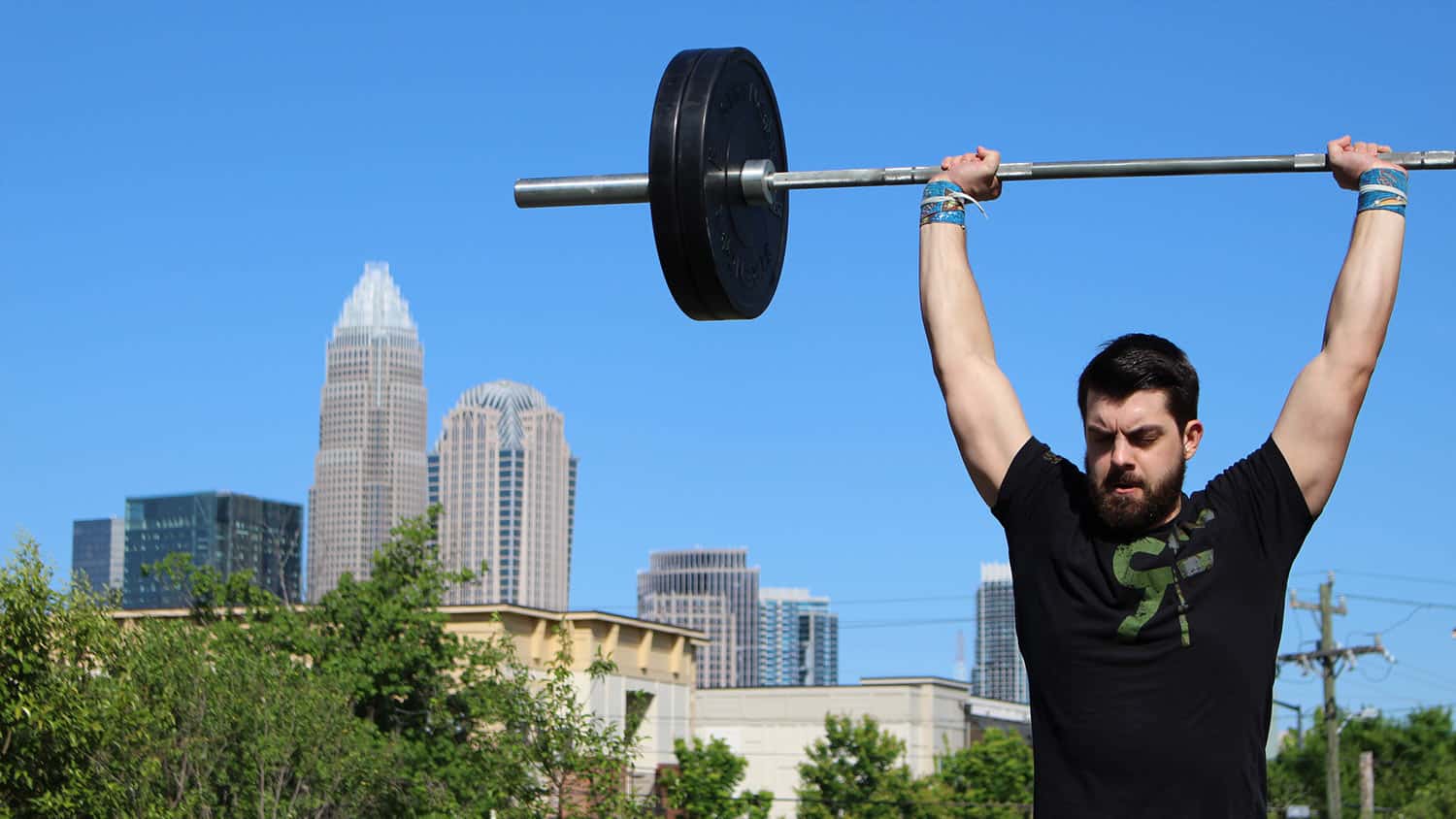
All Mobility Tests
Ultimate mobility checklist
The Ultimate Mobility Checklist has two options:
- Go through this page to test all the mobility pieces we feel are important to fitness athletes.
- OR, navigate back to the movements page and select any specific movement that you are having difficulty with. Movement specific pages include a "technique breakdown" video as well as the mobility tests that apply to that specific movement.
Either way, performing these tests will help you better identify the exact mobility areas you need to focus on to improve your performance in and out of the gym!
Ankle mobility tests
Hip Scour test
Hip internal and external Rotation tests
hip hinge
The hip hinge is the fundamental movement pattern that makes up movements such as deadlifts, cleans, snatches, and kettlebell swings. This tests our ability to lock in spine positioning while moving through the hip joint.
hamstring
Hamstring flexibility is the main limitation of hinging abilities in athletes if the hamstrings are tight.
hip flexor
Many athletes feel tightness in their hip flexors during athletic movements. The Thomas Test will allow us to accurately assess hip flexor extensibility.
thoracic spine
The thoracic spine (upper back) is another commonly limited mobility area. This can impact the low back, neck, shoulders, and limit your overhead mobility.
shoulder flexion
Shoulder flexion is going to be the biggest limitation in athlete's overhead positioning. We use the back to wall shoulder flexion test to isolate the shoulders and prevent compensations with the spine. Pay close attention to hand position and to not let your elbows bend during the test.
shoulder rotation
Addressing shoulder rotation limitations will often create rapid changes in overhead mobility. We'll use this back to wall test to assess your rotation.
shoulder extension
Shoulder extension is a huge component of solid mechanics for movements like pushups, dips, and the bench press. Without sufficient shoulder extension mobility, athletes will have a difficult time maintaining proper form, and we often see discomfort in the front of the shoulder when extension range of motion is reduced.